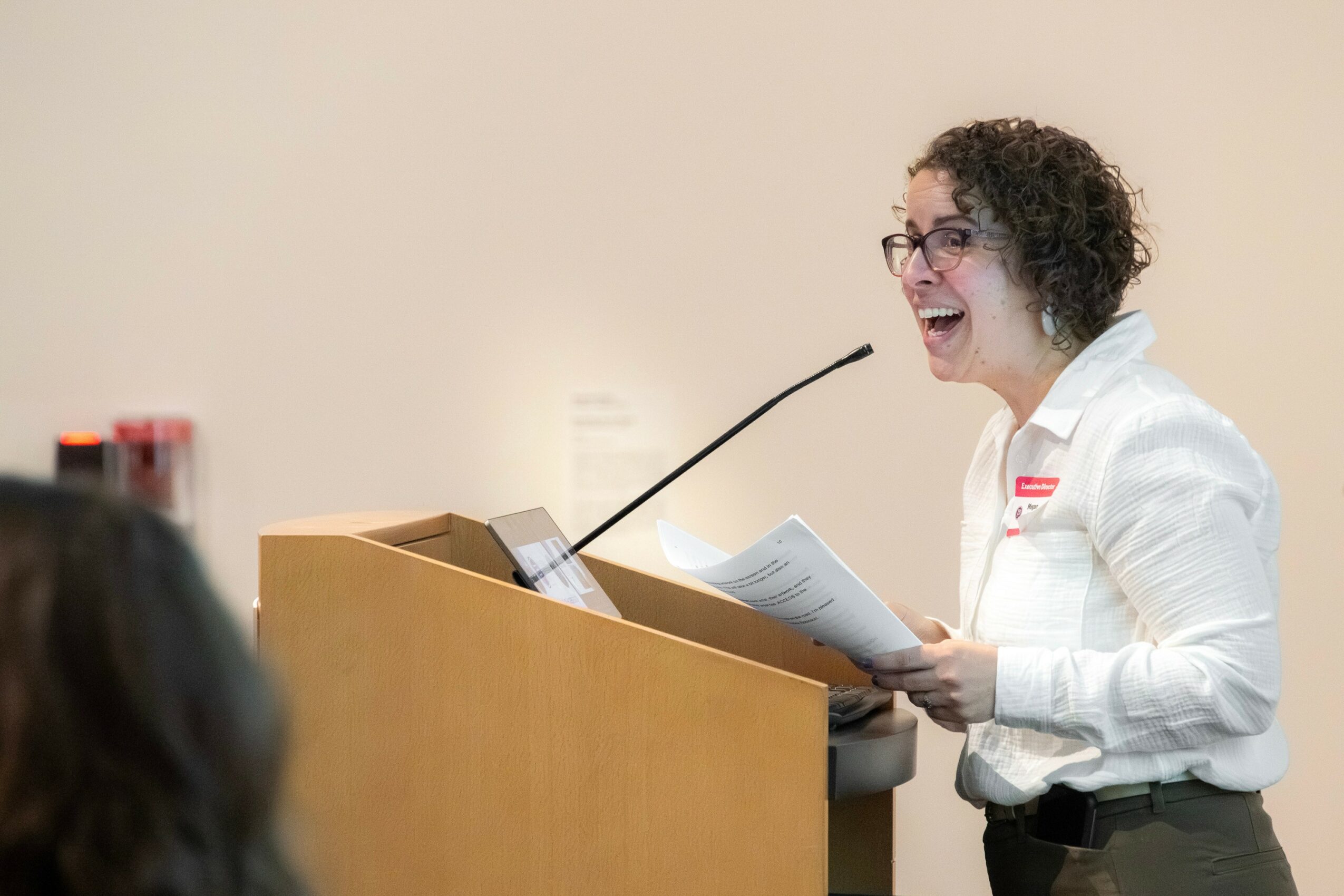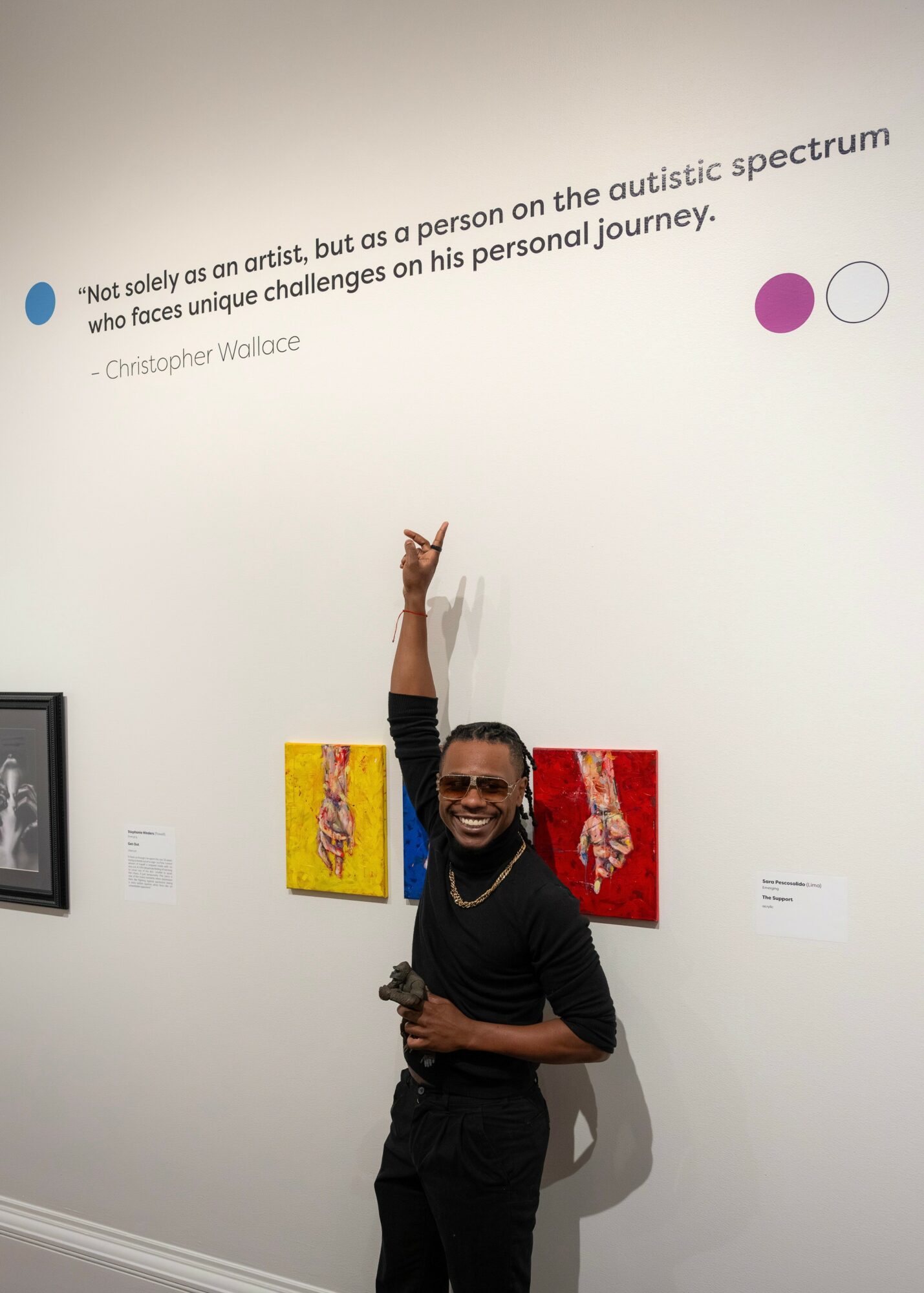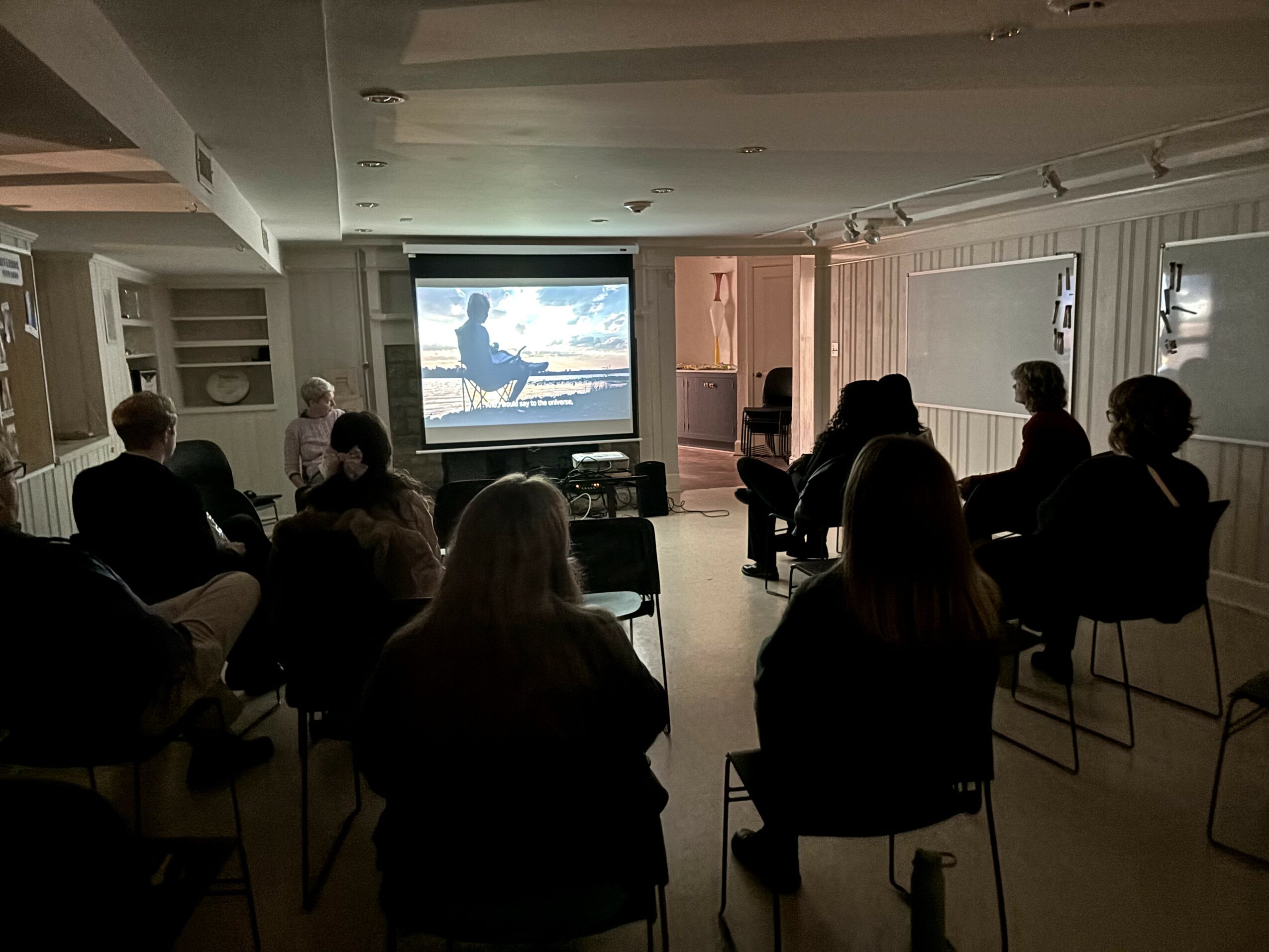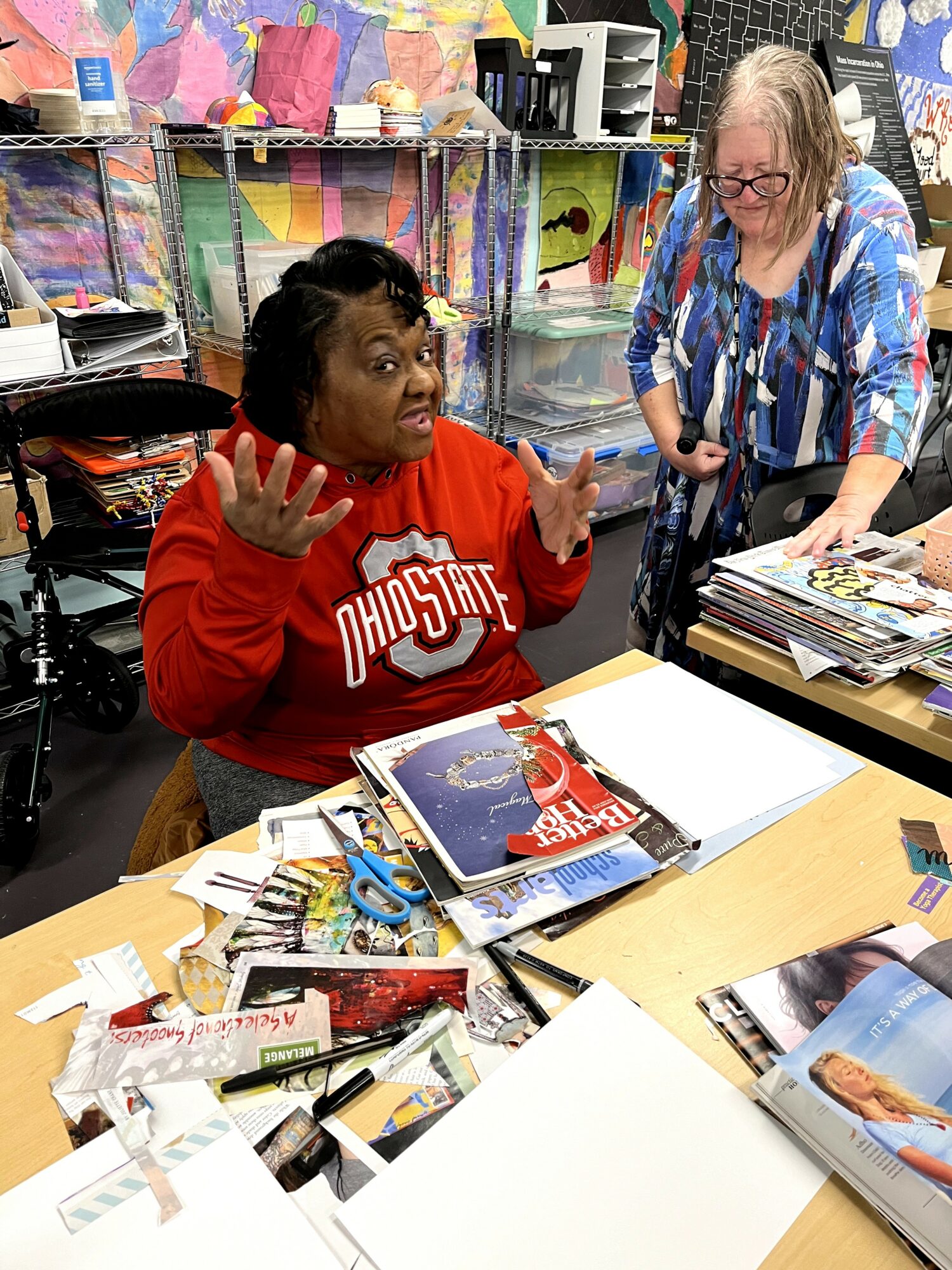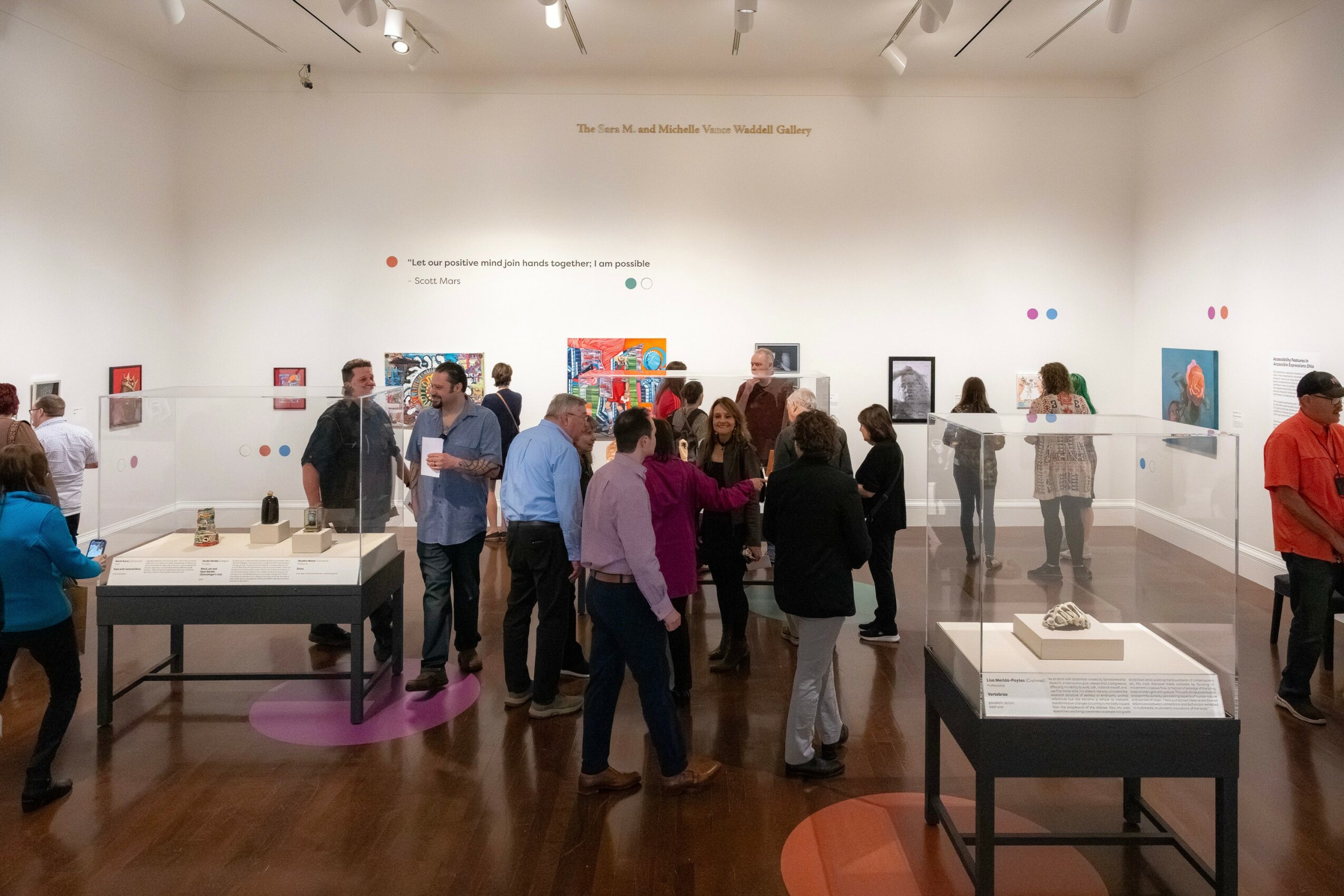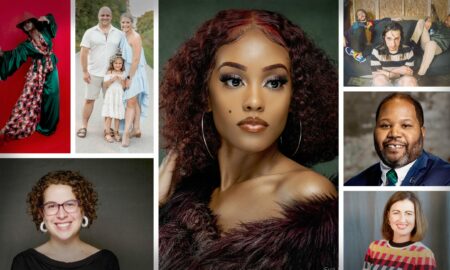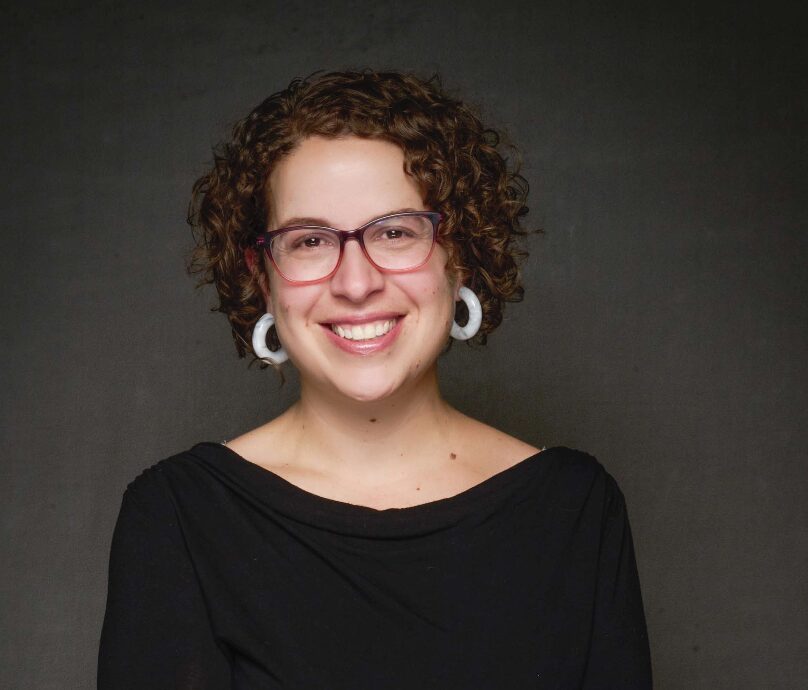

Today we’d like to introduce you to Megan Fitze
Hi Megan, we’d love for you to start by introducing yourself.
y career started as a Case Worker for the Salvation Army here in Columbus almost 20 years ago. It quickly became obvious to me that case work was not in the cards for me, though I believe it is a necessary service. At the time I was also volunteering at a Fair Trade store in the Short North called Global Gallery. After a few short months with the organization, I was offered the managerial position and accepted.
Through that work, I became familiar with the Columbus arts and culture scene and dedicated to educating others about artisans and their craftwork. After many wonderful years with Global Gallery, I left to work in outreach at the Columbus Metropolitan Library. I loved the library and the resources it offered the community, but I missed the arts. So I decided to go back to school to get an MA in Art Education with a focus on Museum Education. I greatly believed in the mission of the Library and how it bent its services to the needs of the community. I wanted to explore how Museums could do the same.
While in graduate school, I took an internship at Dublin Arts Council, which led to an eventual position working as the Coordinator for a community-wide festival, called B.R.E.A.D! I additionally oversaw education programs and led field trip experiences in Dublin Arts Council’s gallery. While working there, I was called into the office of my Director, David, and asked if I would be interested in attending the LEAD Conference in Austin, Texas. LEAD stands for Leadership Exchange in Arts and Disability. I agreed, and attended, thus changing the direction of my career for the past decade. Since that time, I’ve been intentionally focus, no matter my position, on making arts and culture spaces more accessible.
I’m sure it wasn’t obstacle-free, but would you say the journey has been fairly smooth so far?
A large portion of my roles in arts education and accessibility has been focused on convincing others that accessibility matters. I’ve had to learn the best ways to engage and convince others, and I’m still learning. It can be tricky to stay on top of best practices in accessibility. Additionally, I’ve primarily worked for small nonprofits where resources are limited. including staff capacity. I love small nonprofits, but finding ways to practice self-care and set boundaries is not always easy.
Alright, so let’s switch gears a bit and talk business. What should we know about your work?
I am the Executive Director of Art Possible Ohio, the statewide organization for arts and disability. Our mission is to make arts and culture experiences more accessible for Ohio’s disability community. We primarily do this through public programs in partnership with other cultural organizations.
ReelAbilities Film Festival Columbus is part of the largest film festival in North America dedicated to promoting the lives, stories, and artistic expressions of people with disabilities. Art Possible Ohio presents films by and about people with disabilities contextualized with discussions, performances, and resources.
Accessible Expressions Ohio is the annual, statewide exhibition and tour of visual artists of all ages with disabilities. The exhibit is adjudicated from an open call and includes approximately 60 pieces. The exhibition annually opens at a professional gallery or museum in Ohio. The opening reception features awards, performances, and community art-making. Following the opening exhibition, artworks tour the state and are for sale. This year the exhibition will celebrate its 30th anniversary.
By opening the exhibition in professional galleries around the state we hope to emphasize the importance of exhibiting work by people with disabilities in museums and expand our reach across Ohio. In addition, we host the exhibition through our social media outlets as a way to expand the reach of our artists.
Cultural Access Consultations provide professional development to organizations to foster more inclusive spaces, programs, operations, and governance. We are experimenting with what this work will look like moving forward. Our training have included presentations, workshops, program/space consultations, webinars, and conferences with topics tailored to a community’s needs.
Adaptation, Integration, and the Arts is a residency program that partners teaching artists and educators in inclusive classrooms to enhance teaching and learning through an arts-integrated curriculum. AIA is open to schools, education service centers, and county boards of developmental disabilities of which 24-26 are selected each year. Each residency is a unique opportunity for students, educators, and communities to grow by intertwining academic, social-emotional skills, and school-wide goals to arts-integrated, inclusive programming. Grant and contract funding means residencies and professional development are offered at no cost.
What sort of changes are you expecting over the next 5-10 years?
Accessibility is a growing field, rapidly changing and expanding. I do believe more arts institutions will embrace accessibility initiatives and best practices. Technology will continue to greatly influence the field and hopefully, institutions will be able to take advance of the new tools available to them to create more accessible experiences for their guests.
Contact Info:
- Website: https://www.ArtPossibleOhio.org
- Instagram: @ArtPossibleOhio
- Facebook: @ArtPossibleOhio
- Youtube: https://www.youtube.com/@artpossibleohio8371
